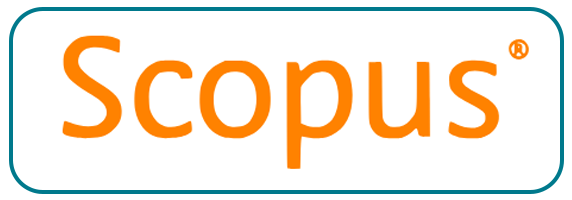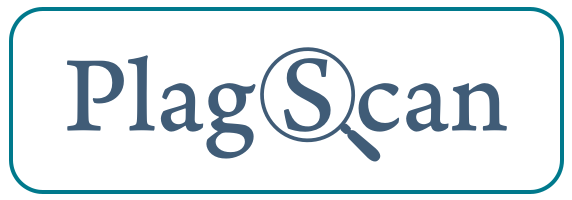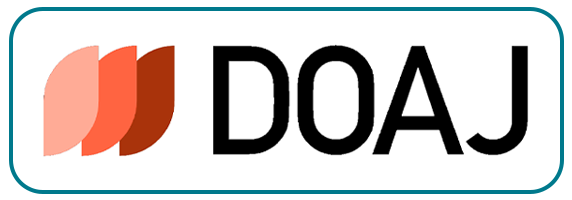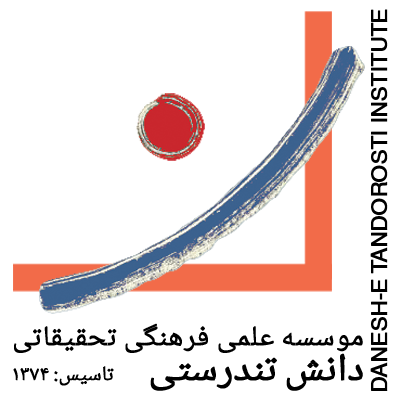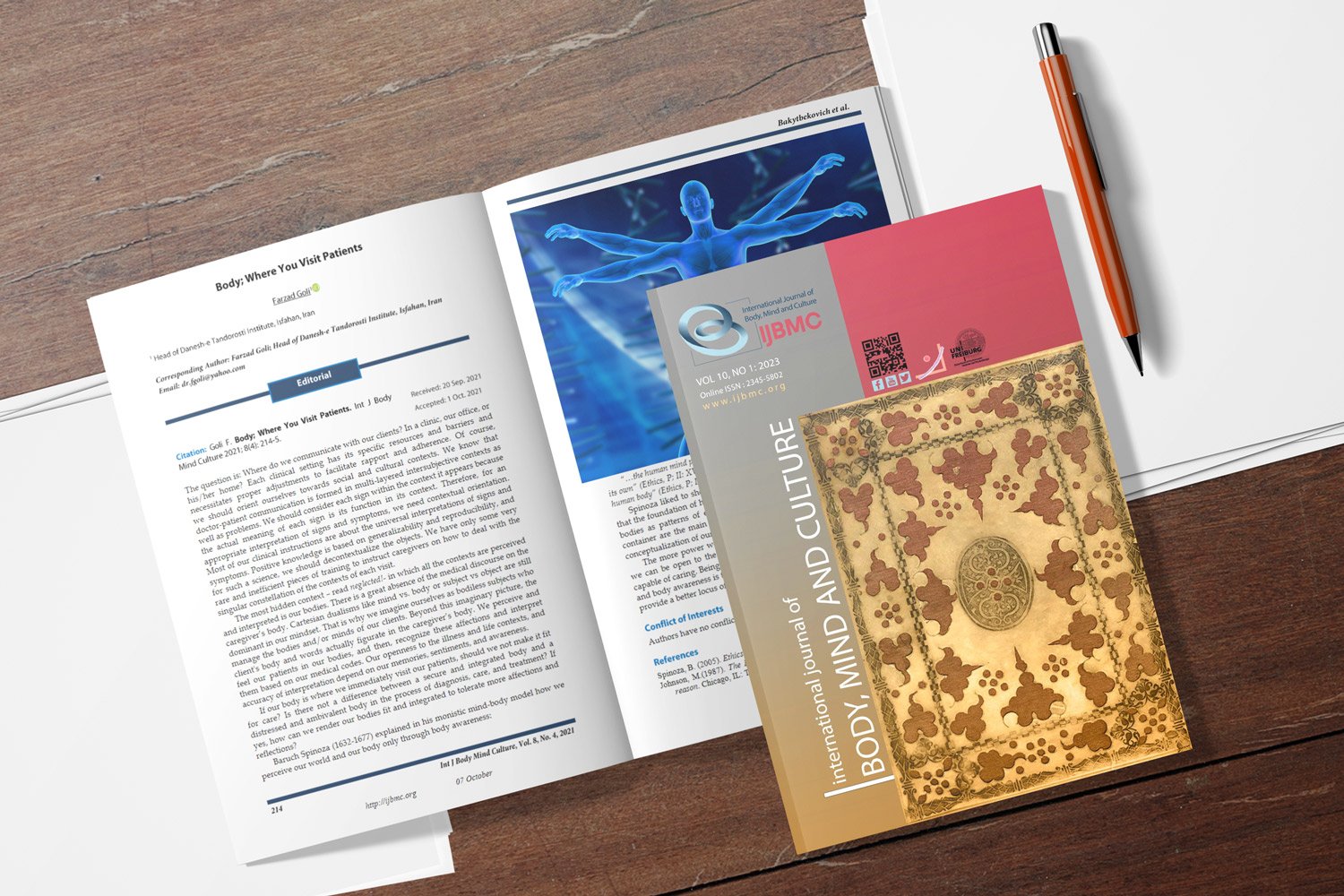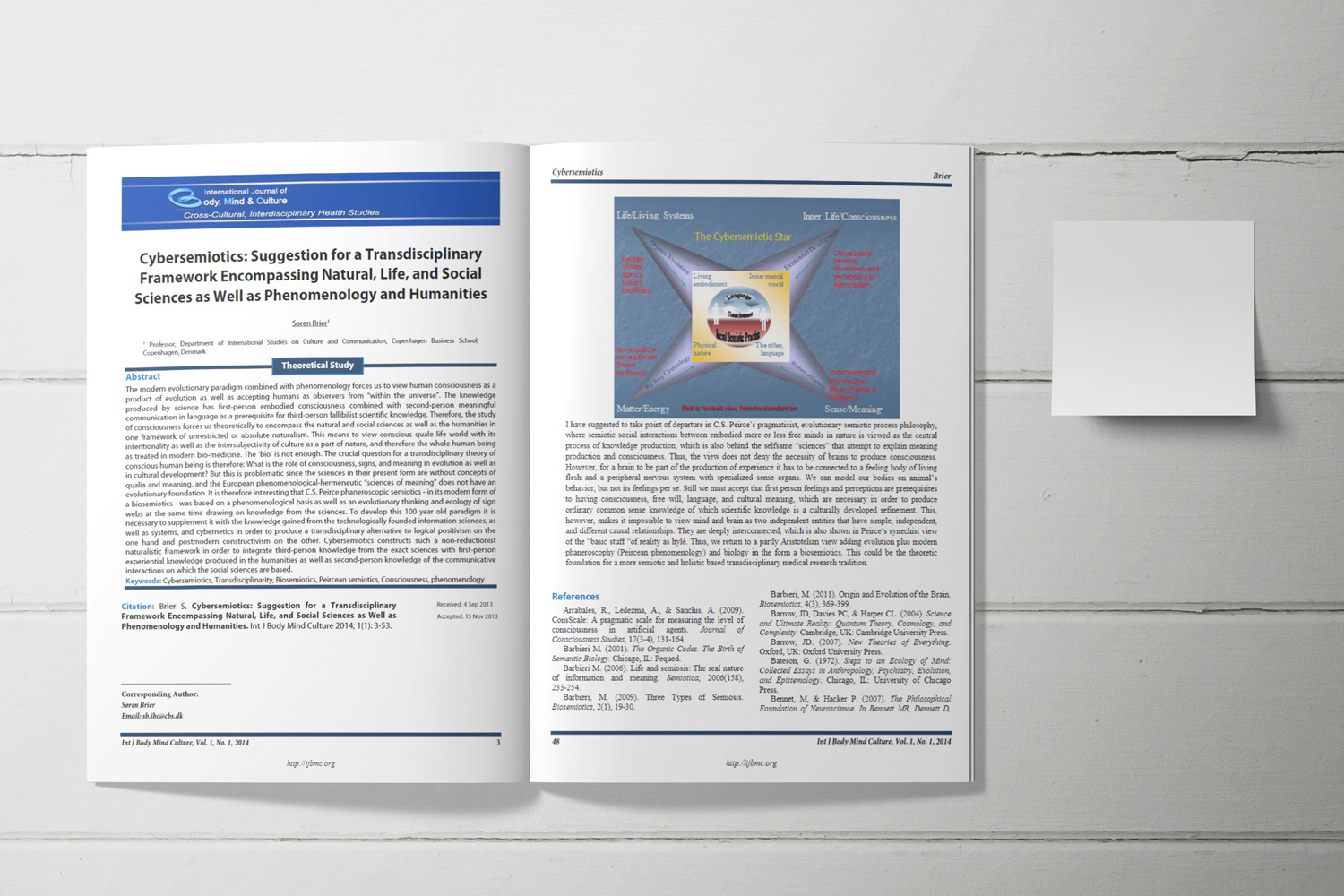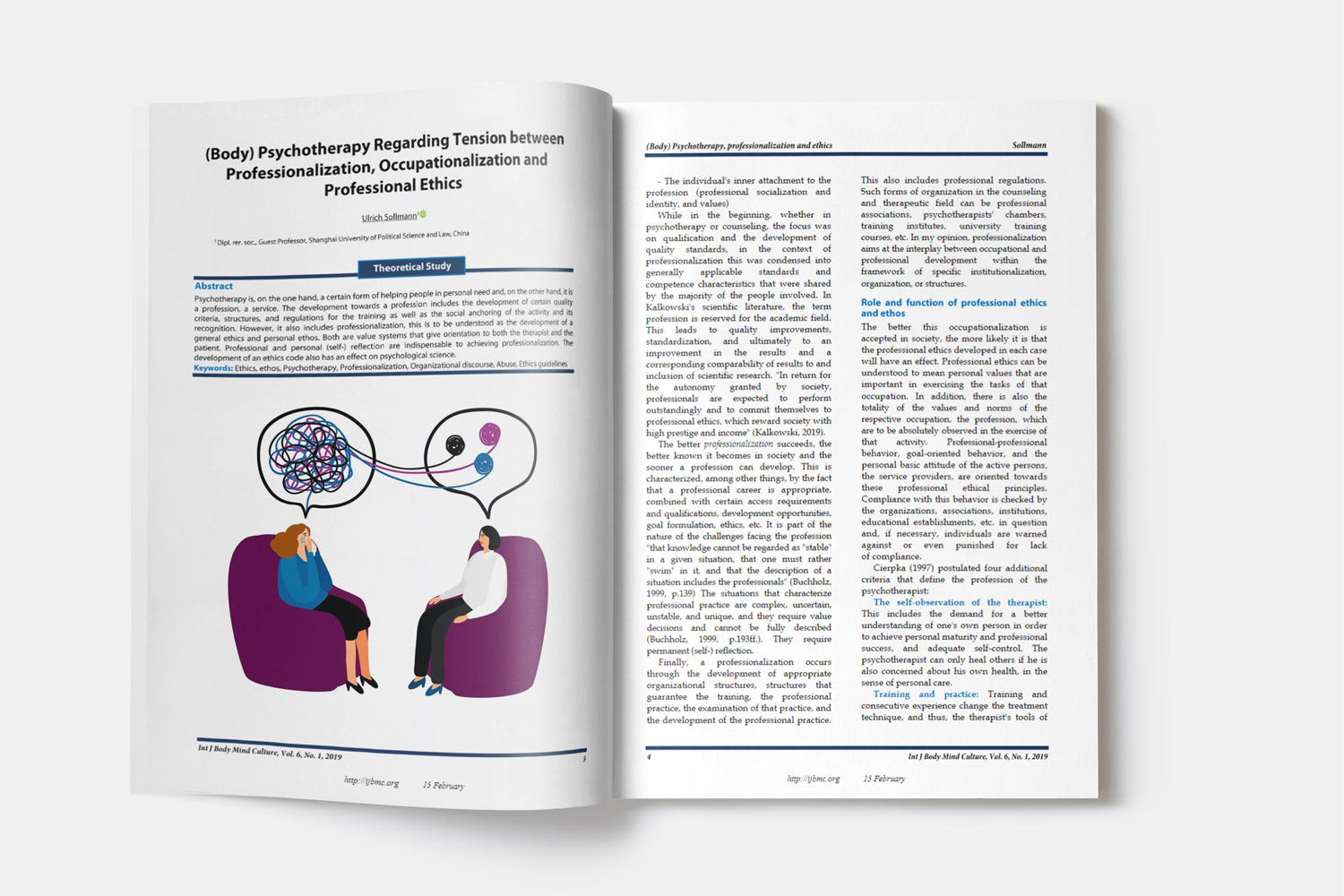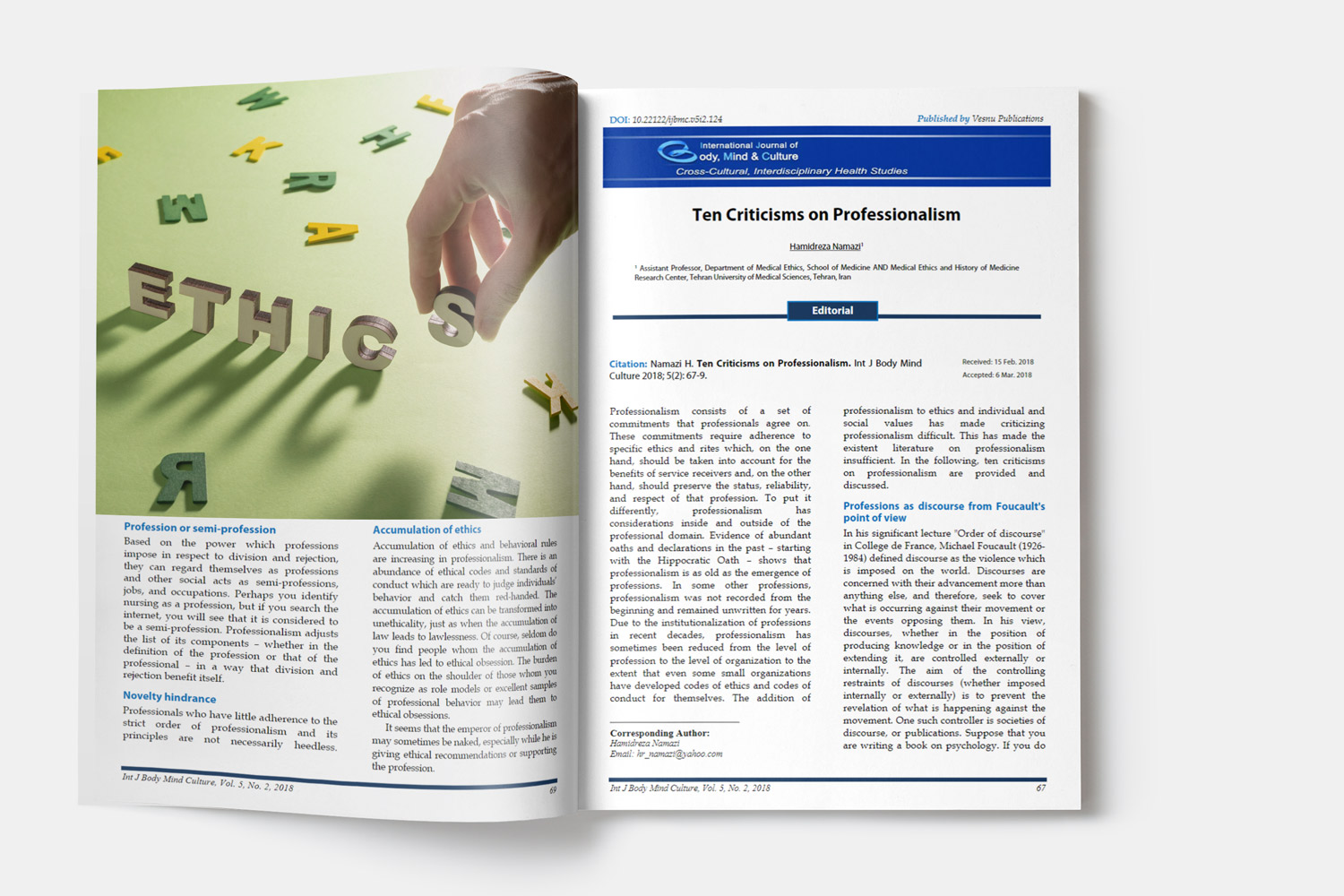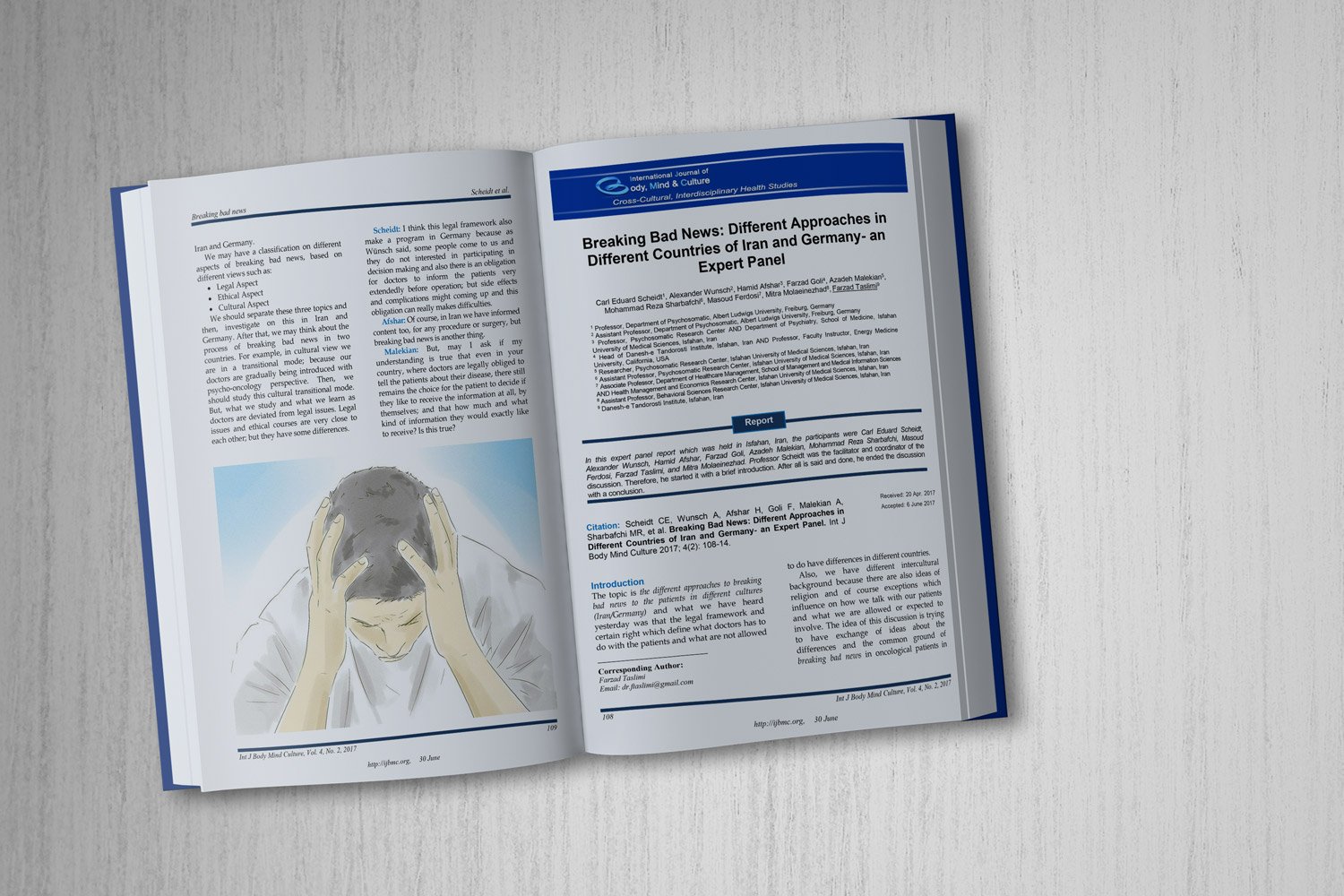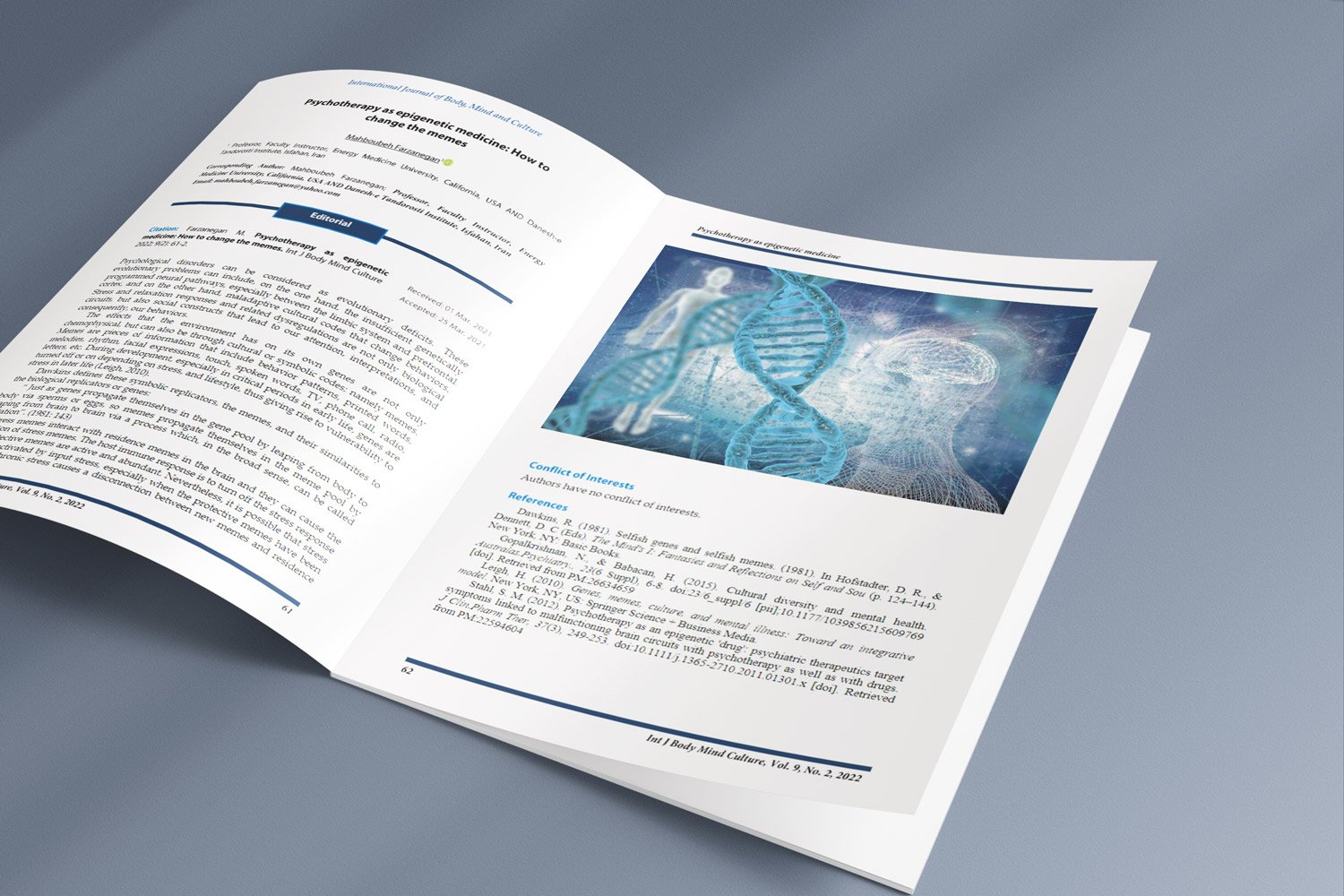Prediction of Non-suicidal self-Injury Behaviors in Adolescents based on Psychological Stress Response with the Mediation of Coping Styles and the Moderating Role of Sleep Disorders
Downloads
Objective: This study aims to anticipate such behavior in adolescents by examining the influence of psychological stress responses, coping styles, and sleep disorders.
Methods and Materials: This research employed descriptive-correlational methods and cross-sectional research design, utilizing structural equation modeling (SEM). The statistical population consisted of all adolescents in Gachsaran who engaged in non-suicidal self-injury behaviors from July to November 2023. The sample size comprised 192 adolescents with non-suicidal self-injury behaviors, chosen through purposive sampling. Assessment tools included the Behavior Problems Inventory-01 (BPI-01), Mini Sleep Questionnaire (MSQ), coping strategies questionnaire (CSQ), and self-reporting questionnaire 20 (SRQ-20). The research utilized SPSS version 27 for conducting descriptive statistics and SmartPLS version 4 for path analysis. Sobel's test was used to assess the significance of the mediator variable, with the significance level set at 0.05.
Findings: The current study revealed that sleep disorders like Hypersomnia and Insomnia have a notable and beneficial influence on self-injury actions, according to the study results (P<0.05). Only Physical restraint among coping styles had a significant and negative effect on self-injury behaviors (β=-0.257, P<0.001). Additionally, the psychological stress response was negatively related to coping styles (p< 0.001) and had a positive and significant effect on self-injury behaviors (β=0.264, P<0.001). The variable dimensions of sleep disorders, including Hypersomnia and Insomnia, did not act as a significant moderator in the relationships between the variables examined in the study.
Conclusion: According to the results of the present study, it can be said that increasing physical restraint can reduce self-harm behaviors in adolescents, and sleep disorders and psychological stress response can predict the increase in self-harm behaviors. Also, psychological stress can lead to a decrease in coping styles.
Downloads
Abdollahzadehrad, M. K. (2023). Investigating the Mediating Role of Positive and Negative Coping Style on the Relationship between Psychological Stress Response and Aggression of Second year Elementary School Students After the Sixth Peak of the Outbreak of COVID-19. Quarterly Journal of Psychological Methods and Models, 14(52). https://jpmm.marvdasht.iau.ir/article_6054_b4295c7304bdaf99e88be8804bf0fda5.pdf
Abdou, E. A., Haggag, W., Anwar, K. A., Sayed, H., & Ibrahim, O. (2024). Methods and functions of non-suicidal self-injury in an adolescent and young adult clinical sample. Middle East Current Psychiatry, 31(1), 10. https://doi.org/10.1186/s43045-024-00398-6
Baraldi, G. d. S., Rojahn, J., Seabra, A. G., Carreiro, L. R. R., & Teixeira, M. C. T. V. (2013). Translation, adaptation, and preliminary validation of the Brazilian version of the Behavior Problems Inventory (BPI-01). Trends in Psychiatry and Psychotherapy, 35, 198-211. https://doi.org/10.1590/S2237-60892013000300007
Beusenberg, M., Orley, J. H., & Organization, W. H. (1994). A User's Guide to the Self Reporting Questionnaire (SRQ). https://iris.who.int/bitstream/handle/10665/61113/?sequence=1
Billings, A. G., & Moos, R. H. (1984). Coping, stress, and social resources among adults with unipolar depression. Journal of Personality and Social Psychology, 46(4), 877. https://doi.org/10.1037/0022-3514.46.4.877
Carosella, K. A., Wiglesworth, A., Silamongkol, T., Tavares, N., Falke, C. A., Fiecas, M. B., Cullen, K. R., & Klimes-Dougan, B. (2021). Non-suicidal self-injury in the context of COVID-19: The importance of psychosocial factors for female adolescents. Journal of Affective Disorders Reports, 4, 100137. https://doi.org/10.1016/j.jadr.2021.100137
Chen, Y., Luo, J., Jiang, L., Shi, W., Jia, P., Zhang, J., & Zhao, L. (2024). Association between positive youth development and non-suicidal self-injury: a longitudinal survey of children and adolescents in southwest China, 2019-21. Journal of Affective Disorders, 350, 755-760. https://doi.org/10.1016/j.jad.2024.01.072
Cheng, F., Hu, C., Zhang, W., Xie, H., Shen, L., Wang, B., Hu, Z., Wang, Y., & Yu, H. (2022). The influence of parenting style and coping behavior on nonsuicidal self-injury behavior in different genders based on path analysis. PeerJ, 10, e14507. https://doi.org/10.7717/peerj.14507
Cohen, J. (2013). Statistical Power Analysis for the Behavioral Sciences. Routledge. https://doi.org/10.4324/9780203771587
Elbogen, E. B., Lanier, M., Blakey, S. M., Wagner, H. R., & Tsai, J. (2021). Suicidal ideation and thoughts of self‐harm during the COVID‐19 pandemic: The role of COVID‐19‐related stress, social isolation, and financial strain. Depression and Anxiety, 38(7), 739-748. https://doi.org/10.1002/da.23162
Ernst, H., Scherpf, M., Pannasch, S., Helmert, J. R., Malberg, H., & Schmidt, M. (2023). Assessment of the human response to acute mental stress: An overview and a multimodal study. PLOS ONE, 18(11), e0294069. https://doi.org/10.1371/journal.pone.0294069
Garbóczy, S., Szemán-Nagy, A., Ahmad, M. S., Harsányi, S., Ocsenás, D., Rekenyi, V., Al-Tammemi, A. a. B., & Kolozsvári, L. R. (2021). Health anxiety, perceived stress, and coping styles in the shadow of the COVID-19. BMC Psychology, 9, 1-13. https://doi.org/10.1186/s40359-021-00560-3
Gashool, M., Qasem, S., Karami, B., Alizadeh, H., Arkan, A., & Fooladgar, M. (2015). Psychometric properties and factor structure of the behavior problems inventory in Iranian elementary students with intellectual disability. Practice in Clinical Psychology, 3(4), 251-258. http://jpcp.uswr.ac.ir/article-1-175-en.html
Guerrero, E., Andreasson, K., Larsen, L., Buus, N., Skovgaard Larsen, J. L., Krogh, J., Thastum, R., Lindberg, L., Lindblad, K., & Erlangsen, A. (2024). Zero Self-Harm app: a mobile phone application to reduce non-suicidal self-injury: study protocol for a randomized controlled trial. Trials, 25(1), 116. https://doi.org/10.1186/s13063-024-07932-1
Hua, Y., Xue, H., Zhang, X., Fan, L., Tian, Y., Wang, X., Ni, X., Du, W., Zhang, F., & Yang, J. (2023). Joint contributions of depression and insufficient sleep to self-harm behaviors in Chinese college students: a population-based study in Jiangsu, China. Brain Sciences, 13(5), 769. https://doi.org/10.3390/brainsci13050769
Kjær Høier, N., Madsen, T., Spira, A. P., Hawton, K., Eriksen Benros, M., Nordentoft, M., & Erlangsen, A. (2022). Association between hospital-diagnosed sleep disorders and suicide: a nationwide cohort study. Sleep, 45(5), zsac069. https://doi.org/10.1093/sleep/zsac069
Latina, D., Bauducco, S., & Tilton‐Weaver, L. (2021). Insomnia symptoms and non‐suicidal self‐injury in adolescence: understanding temporal relations and mechanisms. Journal of Sleep Research, 30(1), e13190. https://doi.org/10.1111/jsr.13190
Leone, M., Kuja‐Halkola, R., Lagerberg, T., Bjureberg, J., Butwicka, A., Chang, Z., Larsson, H., D'Onofrio, B. M., Leval, A., & Bergen, S. E. (2023). Melatonin use and the risk of self‐harm and unintentional injuries in youths with and without psychiatric disorders. Journal of Child Psychology and Psychiatry, 64(7), 1027-1036. https://doi.org/10.1111/jcpp.13785
Li, Y., Cong, X., Chen, S., & Li, Y. (2021). Relationships of coping styles and psychological distress among patients with insomnia disorder. BMC Psychiatry, 21(1), 255. https://doi.org/10.1186/s12888-021-03254-7
Manavipour, D. (2015). Psychometric properties of the sleep questionnaire. The Neuroscience Journal of Shefaye Khatam, 3(3), 16-20. https://doi.org/10.18869/acadpub.shefa.3.3.15
Masiran, R., Ismail, S. I. F., Ibrahim, N., Tan, K. A., Andrew, B. N., Chong, S. C., & Soh, K. Y. (2021). Associations between coping styles and psychological stress among medical students at Universiti Putra Malaysia. Current Psychology, 40, 1257-1261. https://doi.org/10.1007/s12144-018-0049-7
Okechukwu, F. O., Ogba, K. T., Nwufo, J. I., Ogba, M. O., Onyekachi, B. N., Nwanosike, C. I., & Onyishi, A. B. (2022). Academic stress and suicidal ideation: moderating roles of coping style and resilience. BMC Psychiatry, 22(1), 546. https://doi.org/10.1186/s12888-022-04063-2
Robillard, C. L., Turner, B. J., Ames, M. E., & Craig, S. G. (2021). Deliberate self-harm in adolescents during COVID-19: The roles of pandemic-related stress, emotion regulation difficulties, and social distancing. Psychiatry Research, 304, 114152. https://doi.org/10.1016/j.psychres.2021.114152
Rogowska, A. M., Kuśnierz, C., & Ochnik, D. (2021). Changes in stress, coping styles, and life satisfaction between the first and second waves of the COVID-19 pandemic: A longitudinal cross-lagged study in a sample of university students. Journal of Clinical Medicine, 10(17), 4025. https://doi.org/10.3390/jcm10174025
Soltani, E., Shareh, H., Bahrainian, S. A., & Farmani, A. (2013). The mediating role of cognitive flexibility in correlation of coping styles and resilience with depression. Pajoohandeh Journal, 18(2), 88-96. http://pajoohande.sbmu.ac.ir/article-1-1518-fa.html
Sweetman, A., & Adams, R. J. (2022). Comorbid insomnia and sleep apnea as a potential predictor of suicide and self-harm: Commentary on Udholm et al. Sleep, 45, zsac043. https://doi.org/10.1093/sleep/zsac043
Tan, R. H. S., Shahwan, S., Zhang, Y., Sambasivam, R., Ong, S. H., & Subramaniam, M. (2024). How do professionals and non-professionals respond to non-suicidal self-injury? Lived experiences of psychiatric outpatients in Singapore. BMC Psychology, 12(1), 14. https://doi.org/10.1186/s40359-023-01512-9
Tang, Y., Wan, Y., Xu, S., Zhang, S., Hao, J., & Tao, F. (2021). Nonlinear relationship between sleep duration and non-suicidal self-injurious behaviour among Chinese adolescents. BMC Psychiatry, 21, 1-14. https://doi.org/10.1186/s12888-021-03539-x
Thangaleela, S., Sivamaruthi, B. S., Kesika, P., Mariappan, S., Rashmi, S., Choeisoongnern, T., Sittiprapaporn, P., & Chaiyasut, C. (2023). Neurological insights into sleep disorders in Parkinson's disease. Brain Sciences, 13(8), 1202. https://doi.org/10.3390/brainsci13081202
Wan, Y., Chen, R., Wang, S., Clifford, A., Zhang, S., & Orton, S. (2020). Associations of coping styles with nonsuicidal self-injury in adolescents: Do they vary with gender and adverse childhood experiences? Child Abuse & Neglect, 104, 104470. https://doi.org/10.1016/j.chiabu.2020.104470
Yan, L., Gan, Y., Ding, X., Wu, J., & Duan, H. (2021). The relationship between perceived stress and emotional distress during the COVID-19 outbreak: Effects of boredom proneness and coping style. Journal of Anxiety Disorders, 77, 102328. https://doi.org/10.1016/j.janxdis.2020.102328
Yudiyasiwi, F. R., & Anganthi, N. R. N. (2024). The role of family harmony, emotion-focused coping, stressful life events on non-suicidal self-injury behavior in adolescents. Jurnal Ilmiah Psikologi Terapan, 12(1), 60-68. https://doi.org/10.22219/jipt.v12i1.29766
Zhang, X., Xie, J., Wu, W., Cao, L., Jiang, Z., Li, Z., & Li, Y. (2024). The mediation effect of mental resilience between stress and coping style among parents of children with cochlear implants: Cross-sectional study. Journal of Pediatric Nursing, 74, [1-9]. https://doi.org/10.1016/j.pedn.2023.10.042
Zhou, J., Zhang, J., Huang, Y., Zhao, J., Xiao, Y., Zhang, S., Li, Y., Zhao, T., Ma, J., & Ou, N. (2022). Associations between coping styles, gender, their interaction and non-suicidal self-injury among middle school students in rural west China: A multicentre cross-sectional study. Frontiers in Psychiatry, 13, 861917. https://doi.org/10.3389/fpsyt.2022.861917
Zomer, J. (1985). Mini Sleep Questionnaire (MSQ) for screening large populations for EDS complaints. Sleep'84, https://cir.nii.ac.jp/crid/1570009750446603392
Copyright (c) 2025 International Journal of Body, Mind and Culture

This work is licensed under a Creative Commons Attribution-NonCommercial 4.0 International License.

